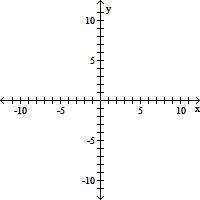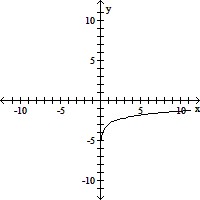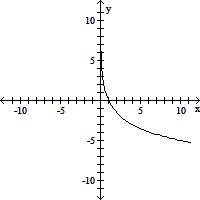Solve the problem.In a certain fraction, the numerator is 2 less than the denominator. If 4 is added to both the numerator and the denominator, the resulting fraction is equal to  . Find the original fraction.
. Find the original fraction.
A. 
B. 
C. 
D. 
Answer: D
Mathematics
You might also like to view...
Assume you have a digraph with 5 vertices (A, B, C, D, and E) and 9 arcs. A is incident from C, D, and E; B is incident to D and E and incident from C; D is incident to C and incident from E.Vertex D is
A. incident to vertices A and C. B. incident to vertex E only. C. incident to vertex A only. D. incident to vertex B only. E. none of these
Mathematics
Graph the function.f(x) = -  log4x
log4x
A. 
B. 
C. 
D. 
Mathematics
Find the specified domain.For f(x) = 2x - 5 and g(x) =  , what is the domain of
, what is the domain of  ?
?
A. (-4, 4) B. [0, ?) C. [4, ?) D. (-4, ?)
Mathematics
Solve the problem.With the function f(x) = logax, why can't x be less than 0?
What will be an ideal response?
Mathematics